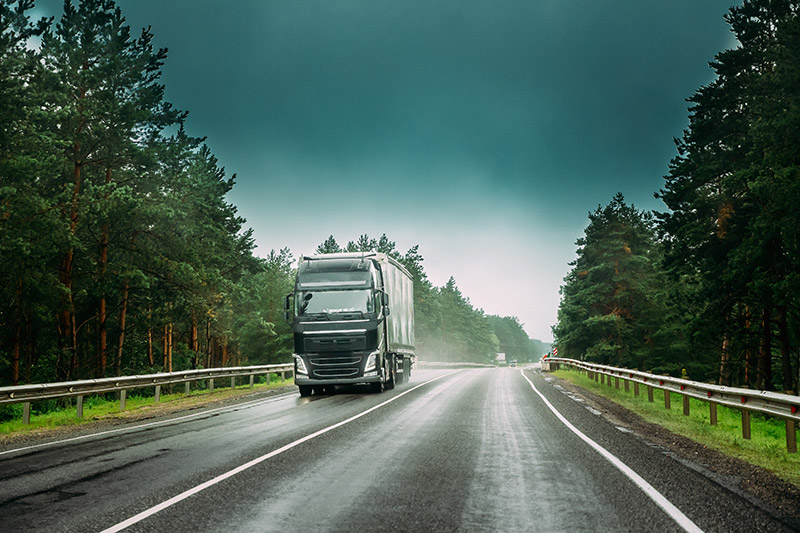As climate patterns continue to evolve, businesses across industries face increasing challenges from extreme weather events. From record-breaking heat waves and unprecedented cold snaps to powerful storms and flooding, these conditions pose significant risks to worker safety, operational continuity, and physical infrastructure. Developing comprehensive weather-related safety protocols is no longer optional—it’s an essential component of responsible workplace management.
The Expanding Scope of Weather Risks
Weather-related workplace hazards have expanded beyond traditional seasonal concerns. Today’s organizations must prepare for:
- Extended heat waves with dangerous heat indices
- Polar vortex events bringing extreme cold
- Flash flooding from intense precipitation
- Severe thunderstorms with damaging winds
- Air quality emergencies from wildfires
- Hurricane and tropical storm impacts
- Tornados occurring outside traditional seasons and locations
- Winter storms with dangerous travel conditions
Each of these events creates unique workplace hazards that require specific preparedness measures. While geographic location determines which threats are most relevant to your operation, the increasing unpredictability of weather patterns means all organizations should develop broader weather resilience than in the past.
Creating Comprehensive Weather Safety Protocols
Risk Assessment: The Foundation of Weather Preparedness
Effective weather protocols begin with a thorough assessment of potential risks specific to your location, industry, and operations. Consider:
- Historical weather patterns in your region
- Climate change projections for your area
- Physical vulnerabilities of your facilities
- Critical operations that could be impacted
- Worker exposure to elements during normal duties
- Transportation and supply chain vulnerabilities
- Utility disruption impacts
This assessment should be conducted by a diverse team including facilities management, safety personnel, operations leadership, and frontline workers who can identify practical concerns often overlooked in theoretical planning.
Tiered Response Systems
Weather conditions rarely shift immediately from normal to emergency. Effective protocols typically include graduated response levels that trigger specific actions:
Alert Level: Weather event possible in coming days
- Increased monitoring of forecasts
- Communication of potential concerns to leadership
- Review of emergency procedures
- Inventory check of emergency supplies
Warning Level: Weather event likely within 24-48 hours
- Specific preparations begin (securing equipment, etc.)
- Staff notification with specific instructions
- Adjustment of schedules or operations if necessary
- Testing of backup systems
Emergency Level: Severe conditions imminent or occurring
- Implementation of maximum protective measures
- Possible evacuation or shelter-in-place orders
- Activation of emergency operations team
- Continuous communication updates
Heat Emergency Protocols
With heat-related illnesses representing a growing concern across industries, comprehensive heat protocols should include:
- Temperature and humidity monitoring systems with clear action thresholds
- Modified work schedules during extreme heat (earlier start times, extended breaks)
- Acclimatization procedures for workers beginning hot weather work
- Hydration requirements and electrolyte replacement guidelines
- Cooling stations and rest areas with appropriate access policies
- Buddy systems for heat illness monitoring
- Training on recognizing heat stress symptoms in self and others
For outdoor workers, additional measures like mandatory shade structures, cooling vests, and ultraviolet protection become essential elements of the protocol.
Cold Weather and Winter Storm Preparation
Cold weather protocols should address both outdoor work safety and facility concerns:
- Wind chill monitoring with clear work/no-work thresholds
- Proper layering requirements and cold-weather PPE specifications
- Warm-up break schedules based on temperature conditions
- Anti-slip measures for walkways and work surfaces
- Vehicle and equipment winterization requirements
- Carbon monoxide prevention measures for heating systems
- Procedures for safely clearing snow and ice
- Remote work policies during dangerous travel conditions
Severe Storm and Flooding Response
For thunderstorms, hurricanes, tornados and flooding events:
- Designated shelter areas with clearly marked routes
- Structure inspection procedures following high winds
- Electrical equipment protection protocols
- Evacuation timing guidelines and transportation arrangements
- Flood barrier deployment procedures
- Equipment elevation or relocation plans
- Post-storm hazard assessment procedures before re-entry
Communication: The Critical Component
Even the most comprehensive weather protocols fail without effective communication systems. Best practices include:
- Multiple notification methods (text, email, app alerts, etc.)
- Clear chain of communication with designated backup communicators
- Regular testing of emergency notification systems
- Procedures for communicating with remote/field workers
- Language considerations for multilingual workforces
- Confirmation mechanisms to ensure messages are received
- Communication protocols during power/network outages
Training and Drills
Weather protocols must be regularly practiced to ensure effectiveness:
- Seasonal refresher training before high-risk weather periods
- Scenario-based tabletop exercises for leadership teams
- Practical drills for shelter-in-place or evacuation procedures
- Equipment operation training (generators, emergency systems)
- First aid training specific to weather-related injuries
Recovery Planning
Comprehensive protocols extend beyond the weather event itself to include recovery:
- Re-entry assessment procedures
- Damage documentation processes
- Worker support programs for those impacted personally
- Business continuity measures
- After-action review procedures to improve future response
Building Weather Resilience as Climate Changes
As weather extremes become more common, organizations should move beyond reactive protocols toward building fundamental resilience:
- Evaluating infrastructure vulnerabilities in light of changing climate projections
- Investing in climate-resilient building improvements
- Developing more flexible work arrangements that can adapt to weather disruptions
- Creating redundancies in critical systems
- Collaborating with local emergency management agencies
By developing comprehensive, well-communicated weather safety protocols and fostering an organizational culture that prioritizes weather awareness, businesses can protect their most valuable asset—their people—while also enhancing operational resilience in an increasingly unpredictable climate landscape.



